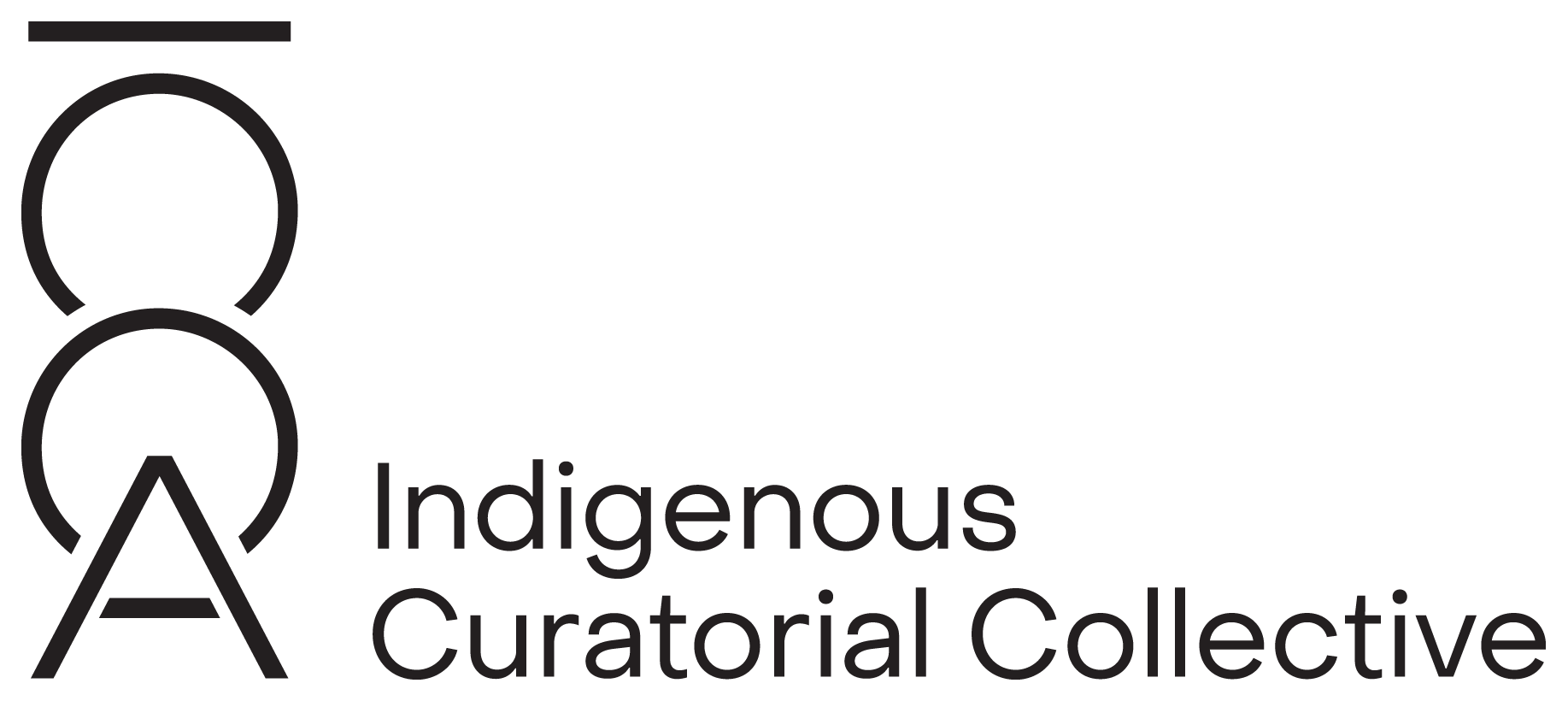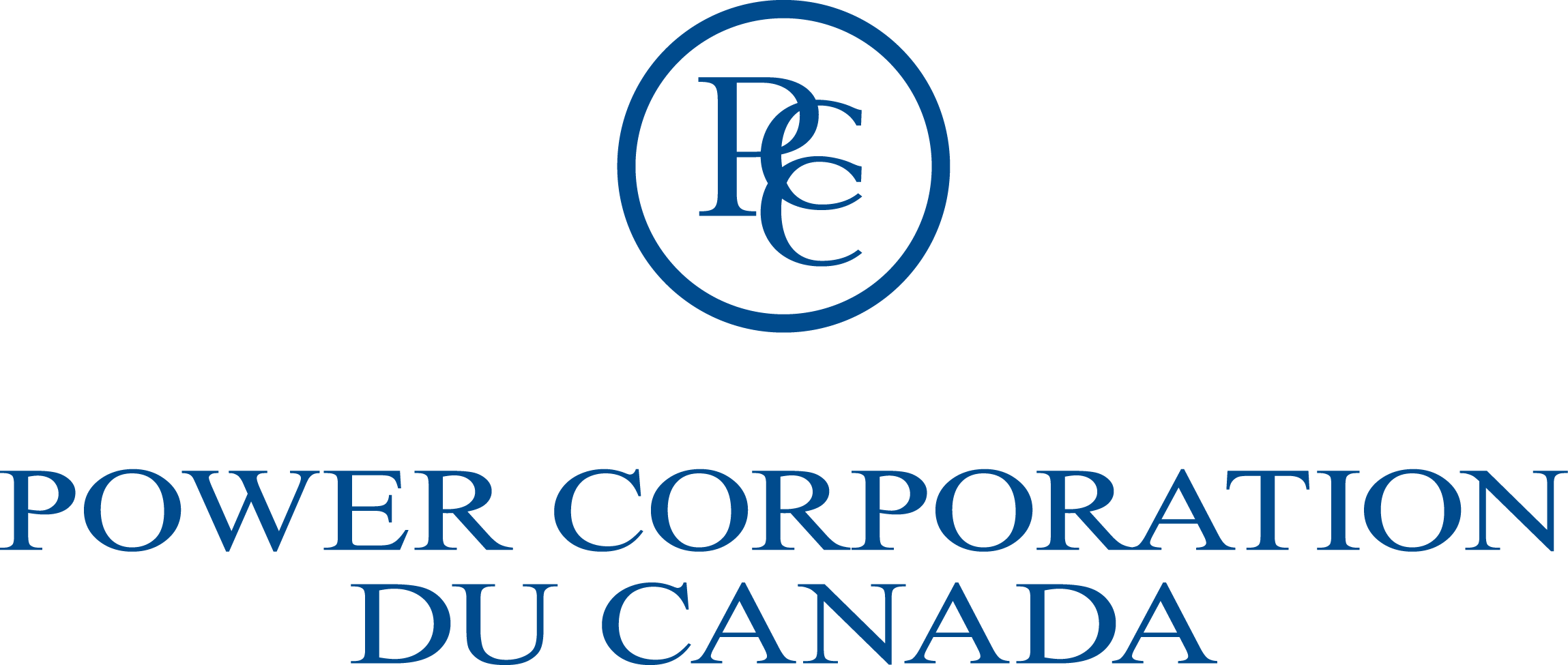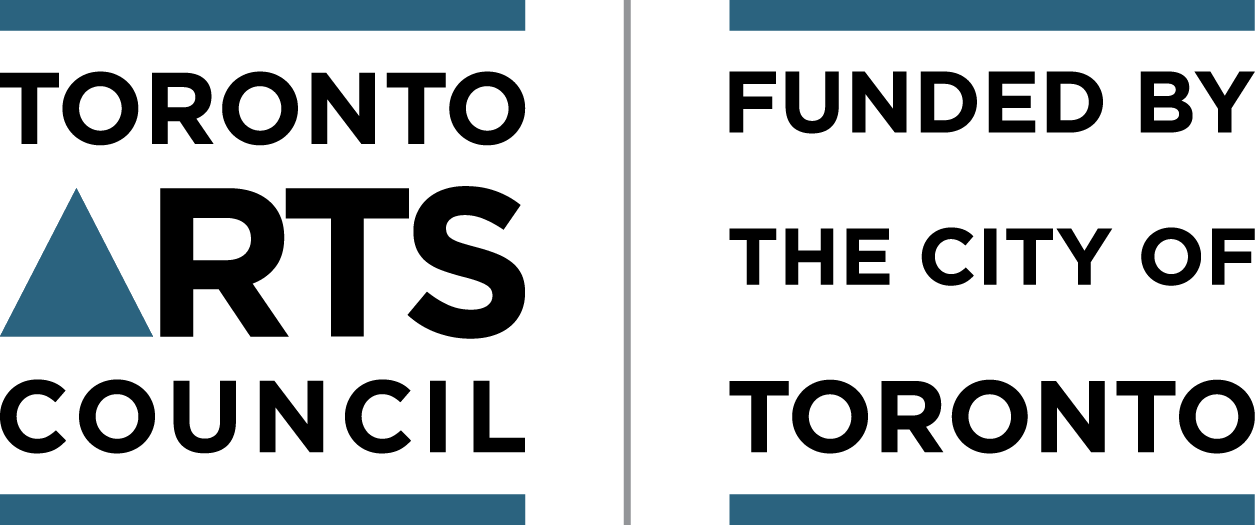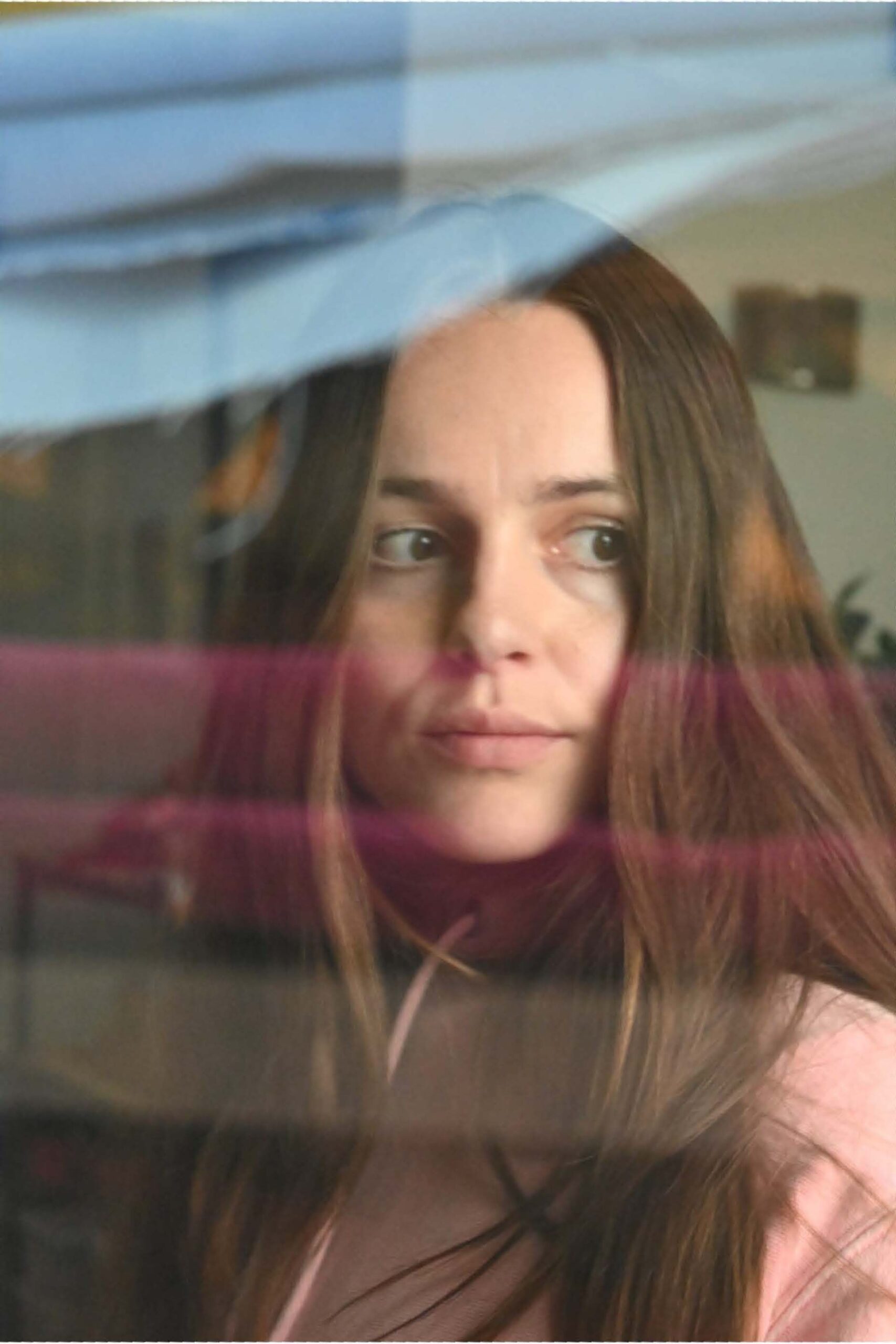Bodies of Floating Knowledge
Enacting a kaupapa Maaori research methodology for survival.
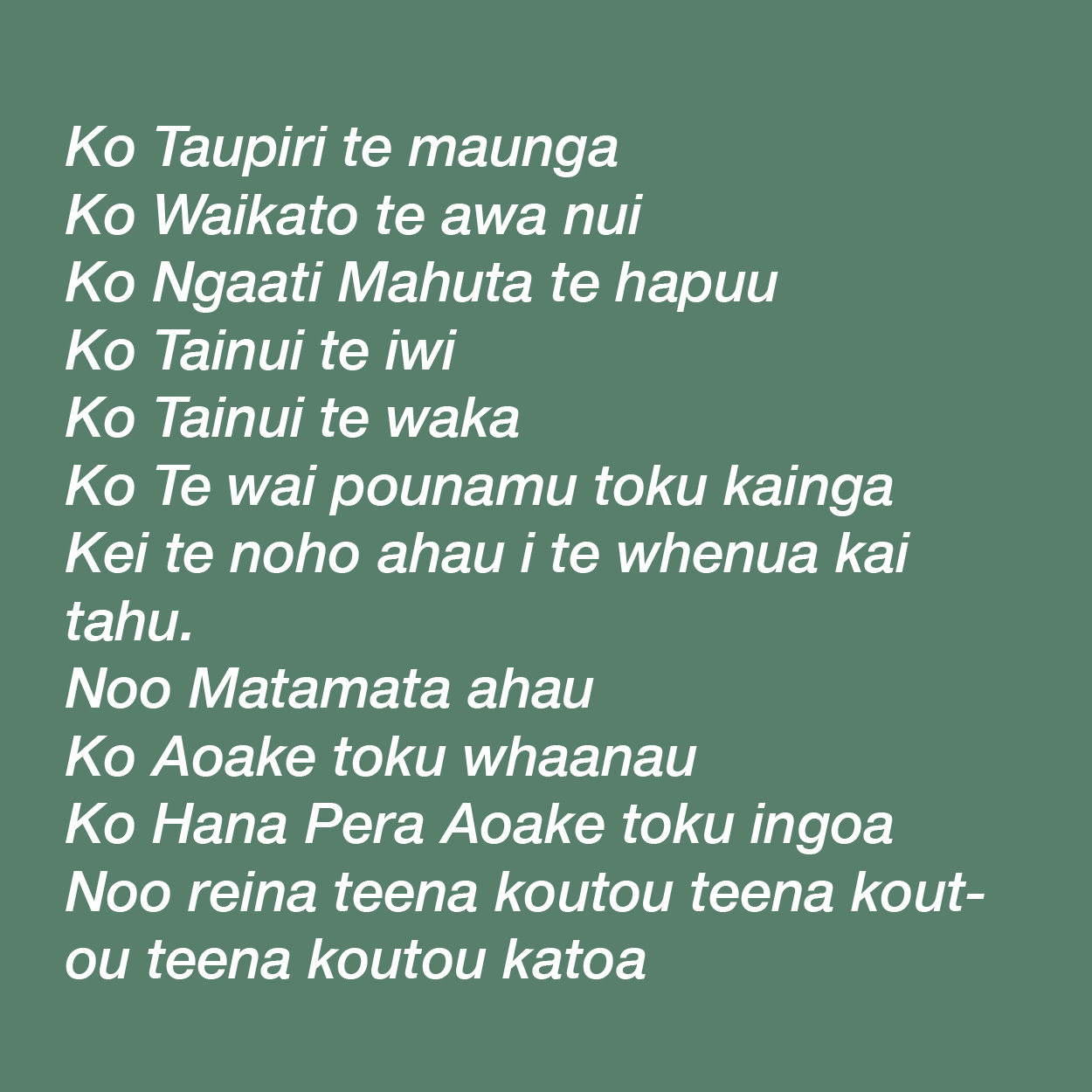
Part of the ACC/CCA’s Knowledge Within Us digital publication.
As a Maaori I hold a worldview that is intricately connected to the landscape I inhabit. The Maaori term for indigenous people is ‘tangata whenua’, tangata meaning people and whenua meaning both placenta and land. As an indigenous person, my body is physically tied to this land through language and my understanding of who I am. These ontologies speak to indigenous knowledge and custodianship of this land. We are these rivers, mountains and our tuupuna karanga out from our uupoko and down to our waewae each time we speak these words. In my pepeha I introduced myself as a river, a mountain and to a set of different people who are both living and nonliving. This of course anticipates current debates within European philosophical circles relating to post-humanism and new materialism, but instead of the coldness of terms like ‘thingness’ used by theorists like Jane Bennet in her book Vibrant Matter: a political ecology of things to describe the non-human, we have terms such as Mauri (a life force)¹. Rather than working against these readings of the world, what would happen if we sat them beside each other and adapted them. What if we read through european ideas and pull bits together like a pick ‘n’ mix soup, a soup we can both reimagine ourselves and share. What if we truly lived in kinship? How can kaupapa Maaori ontology work as a site for transformation of our bodies and of the world? How does kaupapa Maaori challenge geographies and vocalise the need for cultural mobility through the adaption of old and new in order to develop sites of kinship?
It’s often used interchangeably, but Kaupapa Maaori and Matauranga Maaori are two distinct terms. Matauranga Maaori is the study of a body of knowledge arising from our Polynesian ancestors and it exists only in fragments due to colonial-social relations. Kaupapa Maaori is about transformation,² involving pulling different or new knowledge systems together to better understand the historical and contemporary dimensions of power structures within New Zealand.³ Kaupapa Maaori is a dynamic approach to constructing new subjectivities, while Matauranga Maaori overlaps to form a poi-like bridge connecting our bodies to the earth and to the sky, always ebbing and flowing between different modes of being. As Maaori writer, Dr Linda Tuhiwai-Smith says, “Sharing is a responsibility of research”.⁴ We can envision new ways of sharing and disseminating knowledge inside of institutions if our understanding of the world and ourselves is indigenous-led and involves different ways of seeing. Perhaps we are looking at things upside down.
Ka mua, Ka muri.
My sister always says that it’s important to look back to our genealogical stories, our whakapapa. Whakapapa embodies a comprehensive framework that enables us to make sense of our world,⁵ because it connects us to everything there is, creating a myriad of relationships that speak to us of reciprocity, of responsibility and a need for respect.⁶
While writing this I have been travelling up and down the moana, I am continuously reminded of the Maaoritanga view of this map of this country that it is upside down. This speaks to the colonial way in which this whenua has been carved up and divided and the constant cultural misunderstandings we all face. This ontology of the map of New Zealand being upside down centres around a story involving the shapeshifting atua, Maaui, who scooped up the giant fish, Te Ika a Maaui from their waka, Te wai pounamu. Maaui used a fish hook gleaned from his grandmother’s jaw-bone. Stories of Maaui exist across the Pacific, over different time zones, spaces and appeared in many different forms, genders and expressions. They were known as being both clever, cunning and basically a little shit hautuutuu. When Maaui was born they were tossed prematurely, wrapped in a tikotiko cut from their mother’s head into Tangaroa’s whare. The waves sang oriori to them and birthed them into this world. Pitied, Maaui was taken in by their grandfather and later reunited with their siblings. Maui was said to possess superhuman strength, and capable of shapeshifting into different animals including a worm, whom Maaui transformed into in order to obtain eternal life from Hine-nui-te-poo. Maaui’s father Makeatutara had given Maaui the wrong tohi, meaning that all humans would die. Maaui wanted to become eternal like the moon and was told that in order to obtain eternal life they would need to travel inside Hine-nui-te-poo’s vagina. As they did this a Piiwakawaka laughed hysterically, causing Hine-nui-te-poo to wake up and crush Maaui with the obsidian teeth in her vagina. Thus Maaui lives forever entwined with the moon, as this story re-emerges once during every cycle of the maramataka. The lessons from Maaui is to push back, to question and to be cheeky. In my view an essential part of understanding a kaupapa Maaori ontology is to think through the lessons our tuupuna are trying to tell us through these stories.
I spend a lot of time reflecting on the rhythms of life mediated by the atua Hineteiwaiwa and her sisters Hinauri, Hina and Rona, Hine-kootea, Hine-koorito, Hine-maakehu and Hine-korako. Hineteiwaiwa, and her sisters are largely associated with the procreation of life and the cycles of life. Guided by the moon, Hineteiwaiwa’s oriori and waiata gently brings babies from the world of Te kore into Te Aoo Marama. Hineteiwaiwa left her abusive husband and began a new life as a healer and carer of waahine Maaori. Stories of her centre around rebirth and creation. Weavers appeal to Hineteiwawa to oversee their work. For weavers, Te whare pora is both a state of being, as well as a physical space. To be immersed within Te whare pora was to work towards deepening one’s levels of consciousness in order to be raised up into a state of optimum readiness to receive knowledge. This was achieved through karakia and initiation ceremonies. Karakia was said to endow the tairua with a more receptive mind and retentive memory. These initiation ceremonies are rare to experience today, because it was discouraged by missionaries, who considered it anti-Christian.
Not all is lost.
When thinking of weaving and the way in which contemporary Maaori art has evolved, despite colonialism, I always return to Maureen Lander’s practice. Lander is from Ngaa Puhi and Te Hikitu and her work is an expansive view of the way in which practices derived from Matauranga Maaori can extrapolate a potentiality for new modes of being, which are based around reciprocity, exchange and sharing. Shown in 2018 at the Dowse Art Museum, Lander’s Flatpack whakapapa (2017) approached the idea of whakapapa as being embedded within us. Raranga or weaving is the living embodiment of these ties to both sides of the Pae: our bodies remain within our turangawaewae, but have become mobile in urban spaces. This installation can be packed down into a singular weaving, so that it can be easily carried around. These strands represent the way whakapapa grows and the way we always carry our whakapapa, our ancestors and our culture with us. Our ancestral lines flow from generation to generation, strand to strand, fibre to fibre. Utilising raranga, Lander engages a number of intergenerational techniques – like whiri, whakairo and the concept of aho tuku iho– to outline our belonging to both worlds, as well as our ability to adapt and grow while never forgetting our ties to the whenua, our places of belonging. In one work of Flatpack whakapapa, DIY-DNA, Lander suspends woven, DNA-like forms, that reach from ceiling to floor. They reminded me both of DNA and an internet wormhole, with a light that made them seem like they were multiplying. DIY-DNA connects to the body physically through the act and process of raranga, but also through the way we continue to share stories, and the way our multifaceted stories grow through working in tandem with customary practices and contemporary ideas. We are always connected back to Papatuuaanuku.
Our bodies are never static, but constantly evolving
Rachael Rakena’s (Ngaa Puhi, Kaai Tahu) practice signifies the ways in which matauranga Maaori, through a kaupapa Maaori methodology is constantly able to grow like the ebb and flow of tides. Combining both traditional and non-traditional modes of expression, Rakena uses digital art as an extension of authentic Maaori modes of creativity. What if we can reimagine all of our creation stories through the construction of a new cosmos, cyberspace? Rakena’s Rerehiko (2003) is an immersive video installation work that shows bodies suspended in the Pacific moana treading water, which are partially dressed in traditional costumes. These bodies floating within this amniotic space perform kapa haka with the digital text of real emails from Rakena’s Kaai Tahu hapuu floating across the screen to appear like tukutuku patterns (woven panels) from a wharenui (meeting house). These floating words appear like pixels and denote the way new technologies, much like traditional rangnaga can transmit cultural knowledge. These emails discuss emotions, death, business, gossip, cultural revitalization, amongst many other things. All this korero underlines the living, buoyant culture of the contemporary iwi. The word in Maaori for computer is ‘Rorohiko’, which is often translated as ‘electric brain’. Rakena has substituted the ‘roro’ for ‘rere’ – meaning to flow, fly, be carried by the wind or to rise and escape. This substitution emphasizes the fluidity of water or the moana as a non-land based site, which like cyberspace, highlights cultural mobility and the bodies of water in which our tuupuna sailed on waka 700 years ago.
I am my ancestor’s wildest dream.
I was born and my whenua is buried in Matamata on my Tuupuna’s Ngaati Hinerangi and Ngaati Haua lands, but I have always lived a cross-cultural life in diaspora. Now I live on lands that belong to Kai Taahu and Kaati Mamoe, previously I have lived on Te Ati Awa//Taaranaki, Ngaati Whaatua in New Zealand, but was primarily raised in the lands of Bindal and Wulgurukaba in the settler colony of Australia. Even though I am in the settler colony of New Zealand, of which my tuupuna arrived in 1200, I write this in diaspora from my lands, as I currently stand on my partner’s Ngaati Awa and Ngaati Tuwharetoa roohe. On my way to his rohe I saw the very tip of my awa, Waikato. It overlaps twice with one of my partner’s awa, Tarawera. This to me speaks to the ancestral ties our tuupuna had to one another, which were strengthened through allegiances particularly during the land wars. Together our bodies deny and are a massive fuck you to the colonial intention of genocide. We karanga to our tuupuna as we write words together that glide through cyberspace and twist apart and divorce arbitrary categorisations that plague institutions like galleries and universities. Our baby will sail across time, space and histories and continue to adapt and survive no matter what tokotoko rangi ravages our whenua.
2. Te Ahukaramuu Charles Taylor, “Politics and Knowledge: Kaupapa Maori and Matauranga Maori” in New Zealand Journal of Educational Studies, vol 47, no.2, 2012, 31
3. Te Ahukaramuu Charles Taylor, “Politics and Knowledge: Kaupapa Maori and Matauranga Maori” in New Zealand Journal of Educational Studies, vol 47, no.2, 2012, 36
4. Linda Tuhiwai-Smith, Decolonizing methodologies: Research and Indigenous Peoples. University of Otago Press: Dunedin, 1999, 162
5. Ani Mikaere, Colonising myths Maaori realities: He rukuruku whakaaro. Huia: Wellington, 2011, 286
6. Ibid.
 Hana Pera Aoake (Ngaati Mahuta, Tainui/Waikato, Ngaati Hinerangi) is a Maaori artist, writer and occasional teacher based in Te wai pounamu in the settler colony, New Zealand. Hana is an editor at Tupuranga journal and runs Kei te pai press with their best friend, Morgan Godfery.
Hana Pera Aoake (Ngaati Mahuta, Tainui/Waikato, Ngaati Hinerangi) is a Maaori artist, writer and occasional teacher based in Te wai pounamu in the settler colony, New Zealand. Hana is an editor at Tupuranga journal and runs Kei te pai press with their best friend, Morgan Godfery.
